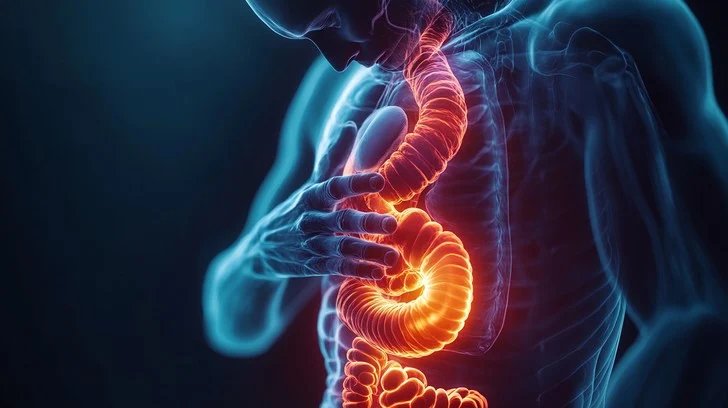Body imaging plays a significant role in diagnosing and managing conditions affecting the digestive system. With advancements in medical technology, imaging techniques provide detailed views that allow physicians to examine structures and detect potential abnormalities. These techniques are widely used to support diagnosis and guide treatment, offering valuable insights into the gastrointestinal tract’s functioning and structure.
Types of Imaging Techniques Used for Digestive System Diagnosis
Various imaging modalities are employed to assess the digestive system, each with unique strengths. Computed tomography (CT) scans are commonly used to produce cross-sectional images, revealing details about organs such as the stomach, intestines, liver, and pancreas. This technique provides three-dimensional views, which can help identify blockages, inflammation, or other structural issues.
Magnetic resonance imaging (MRI) is another method that offers detailed images through magnetic fields and radio waves. Unlike CT scans, MRI does not use ionizing radiation, making it a preferred choice in some instances, such as monitoring soft tissues. Advanced ultrasound imaging is frequently utilized for real-time observation, particularly for abdominal structures, offering valuable insights for diagnostic purposes.
Endoscopic imaging, such as ultrasound and capsule endoscopy, is integral to digestive health evaluations. These techniques allow physicians to visualize areas of the gastrointestinal tract that other imaging modalities cannot reach. Using minimally invasive tools enhances the ability to examine internal structures closely.
Detecting Gastrointestinal Disorders Early with Advanced Imaging
Body imaging techniques are pivotal for identifying gastrointestinal disorders in their early stages. Regular imaging and screenings help detect conditions such as ulcers, Crohn’s disease, and polyps before symptoms become severe. Early detection of abnormalities through imaging might improve outcomes by enabling prompt management.
Advanced imaging modalities can reveal subtle changes, such as thickening of intestinal walls or fluid buildup. These findings often prompt further investigation and timely intervention. For patients with a family history of digestive disorders, imaging may be used in routine screenings to monitor potential risks. Certain imaging technologies also allow for dynamic assessment of swallowing and digestion processes. This capability adds another layer of understanding and helps identify functional disorders that might not be evident through other diagnostic methods.
How Body Imaging Helps Guide Treatment for Digestive Conditions
Body imaging is a diagnostic tool that also supports treatment planning. Physicians use imaging results to determine abnormalities’ precise location and extent, enabling targeted treatment strategies. Cross-sectional images from CT scans offer critical guidance during interventions such as biopsies or drainage procedures.
For complex conditions, imaging can assess the effectiveness of treatments over time. Follow-up scans may reveal improved conditions or the need for adjustments to the treatment plan. This ongoing evaluation supports dynamic decision-making in patient care.
Interventional radiology is another area where imaging significantly enhances patient outcomes. Procedures like stent placements or catheter insertions rely on accurate imaging to locate the areas that need intervention. Imaging guarantees precision during these minimally invasive treatments, reducing risk and improving recovery times.
Consult Your Doctor
Advances in body imaging have made it easier to diagnose and manage digestive system conditions. These technologies support timely decisions and targeted care by offering detailed visuals of internal structures. If you’re experiencing digestive symptoms or have concerns related to gastrointestinal health, speaking with a doctor can provide clarity and direction. Consult your doctor to explore whether imaging might benefit your treatment or diagnosis.
Read More: NextBot SM63 CoopDX – What Is It? Features, Uses & Details







